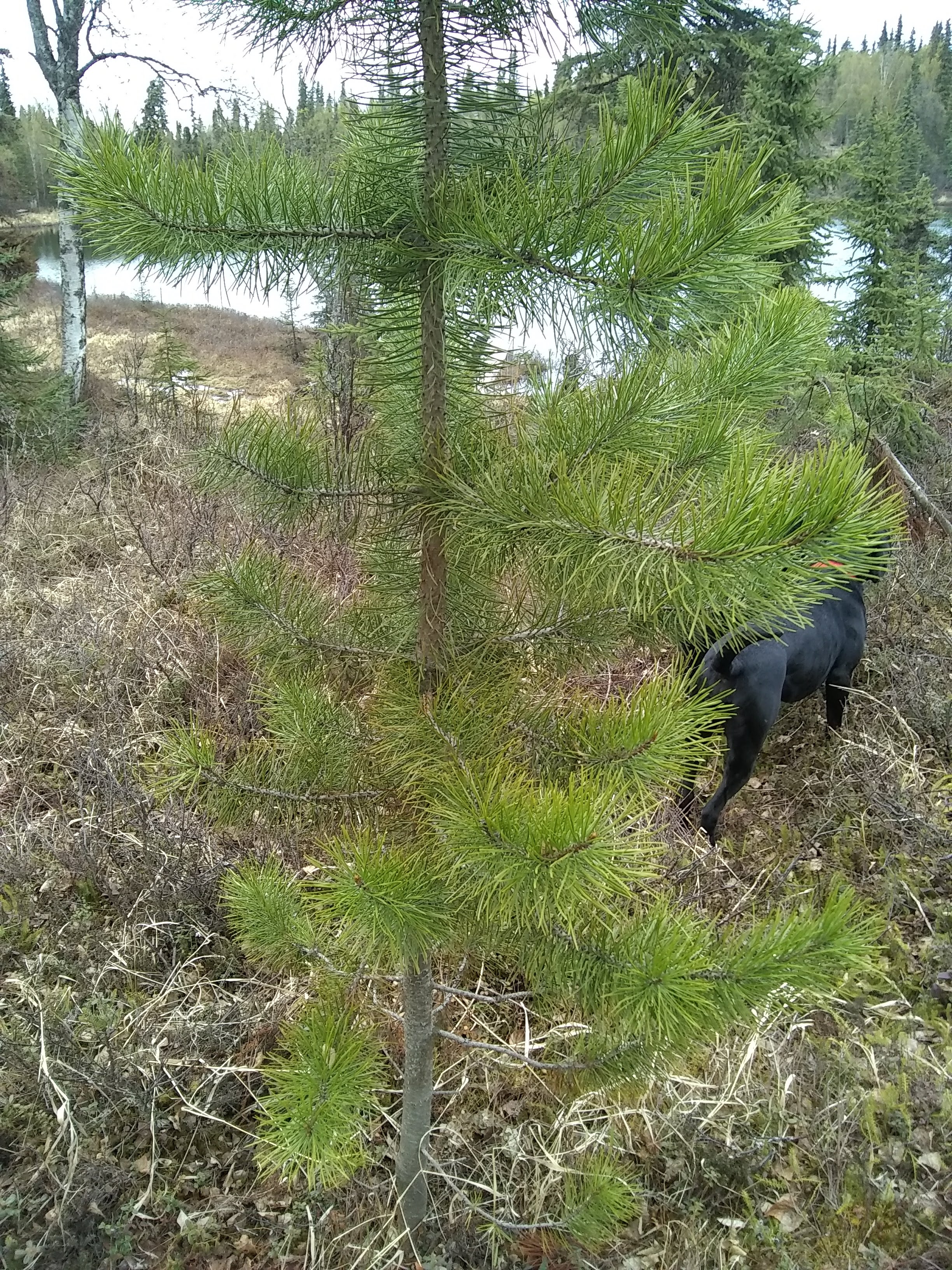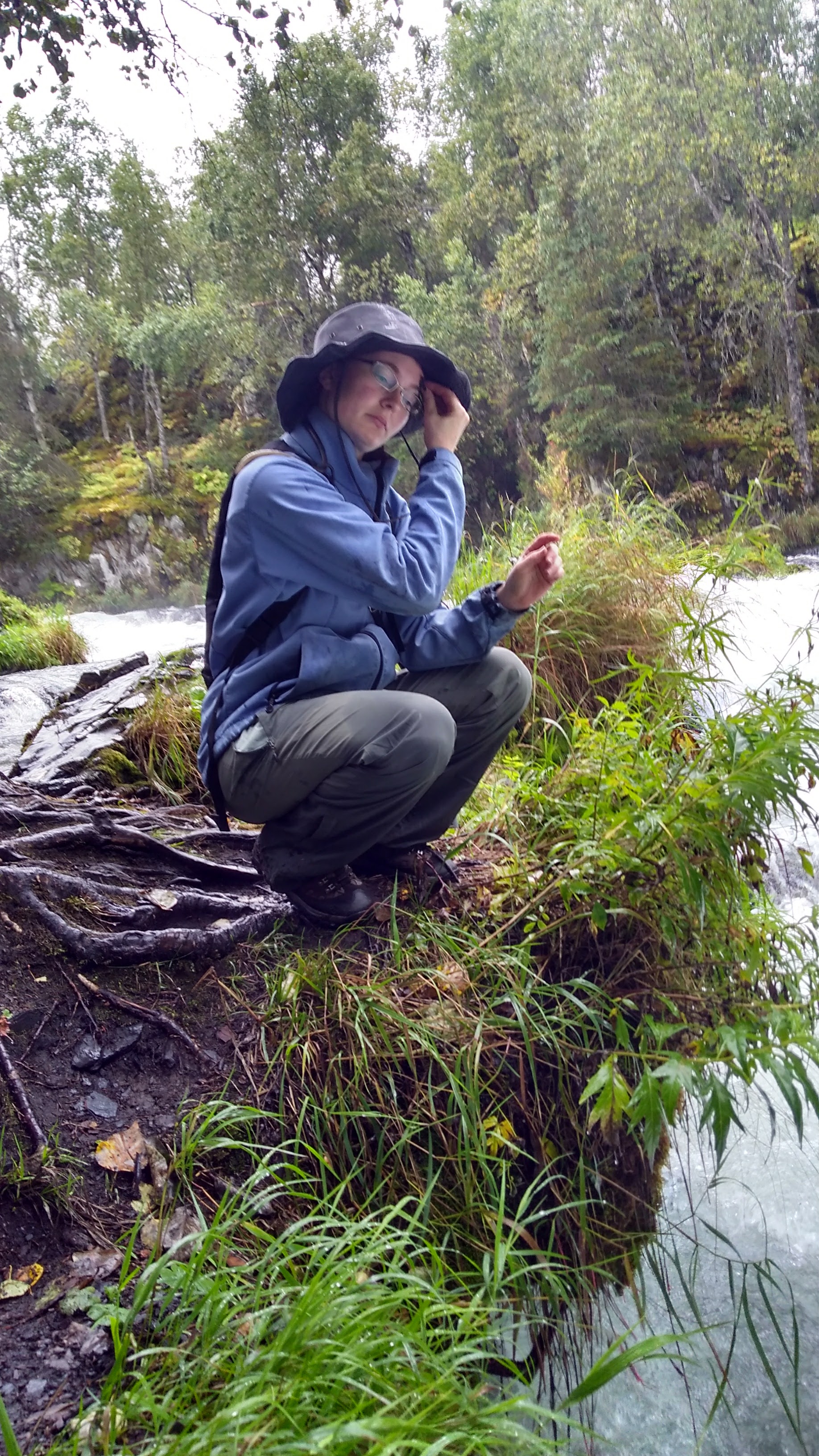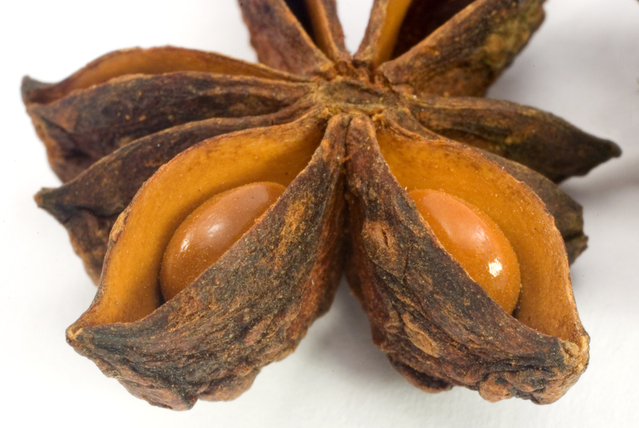Pine Trees: Part 2
Hey there! Welcome to the second part of pine trees of Alaska. Before we get to the actual trees, I want to address something. There was a comment last week about how I was referring to these types of trees, since they are not all in the genus pinus (Pine). It’s true they aren’t. It’s excellent that I am being questioned (I’m not being sarcastic), it helps me learn. Part of the purpose of this blog is for people to learn, including myself.
Here’s the reason I went with calling them pine trees though. I thought about calling them evergreens, but there is a tree on here that isn’t evergreen as the needles fall of in the fall. I thought about calling them coniferous as well. The point of this blog is to help people learn, as stated. I want this to be pretty simple for people who are beginners. Elementary was a long time ago for some people, so they may not understand what coniferous means (although they should after this post ;)). So…I went with the common name of the family that all of these trees belong to: pinaceae. Which is the pine family. Hence, PINE TREES!
Side note: I am soo sorry that this was not posted yesterday. My internet kept cutting in and out (the joys of living in Alaska!) so I had to publish this morning!
Let’s get to the Pine Trees already!
Lodgepole pine – Pinus contorta
Food use: Like others on this list, the needles are chocked full of vitamin C. Beverly Gray, author of The Boreal Herb, has used the inner bark as a replacement for pine nuts in pesto. Otherwise, the inner bark is generally thought to be more for survival use.
Medicinal use: For the most part, the needles and the pitch are what is used medicinally. Topically, they are good for cuts, abrasions, eczema, boils and acne. They are also good for joint and muscle pain. By making a tea, you get the expectorant (read: makes you cough up mucus) properties which are good for pneumonia, whooping cough, tuberculosis, and croup. A steam bath made from the needles is also good for opening the airways due to a stuffy nose.
Cautions: Do not use during pregnancy. The tea should be used in moderation.

Hemlock – Tsuga heterophylla, T. mertensiana
This is WAY different than the poison and water hemlocks (both of the cicuta genus). The only thing they share in common is their common name (see why it’s important to learn the scientific names).
Food use: While some of the inner barks are flavorless and considered survival food only, that of the hemlock tree can be eaten raw, cooked, or even made into flour. It is an excellent source of vitamin C and makes an excellent tea from the needles.
Medicinal use: Besides the regular use of the bark and needles for cold and flu teas, they can be used for kidney and bladder problems. The needles and inner bark are also good for external skin washesand mouth gargles. The pitch was listed as a topical application for arthritis in the U.S. Pharmacopoeia from 1831-1894.
Cautions: None that I could find.
The one deciduous pine tree.
Tamarack/Larch – Larix laricina
Technically, this is a deciduous tree. I decided to lump it in with the evergreens as the uses are similar to other evergreens. Plus it is also in the pine (pinaceae) family.
Food use: The inner bark can be made into a flour. It is a prebiotic, meaning that it feeds the good bacteria in your gut so they continue to multiply and create a happy colony in your intestines. Historically, natives have used the same as a sweetener.
Medicinal use: The resin is good for infected gums and as a mouth gargle. All three aspects (needles, inner bark and resin) are good together to make a healing balm. The inner bark and resin are specifically good for rashes, frostbite, eczema, and psoriasis. A tea helps soothe muscle pains and aches, including those of arthritis. Soothe your feet with a nice soak in hot water with the needles. In addition, a bark decoction is said to be excellent for gout. The wood of Tamarack has a compound called arabinogalactans which is a carbohydrate that helps boost the immune system. This boos in the immune system could help fight cancer.
Cautions: Use in moderation.
Tune in Next Week…
The first paragraph brings up a good point. I’ll have to do a later post on how exactly taxonomy works. I went over it briefly in why scientific names are important, but I could go a little bit deeper. I’ll do that later, as next week I will get into the deciduous (leaves that fall off during the fall) trees.




